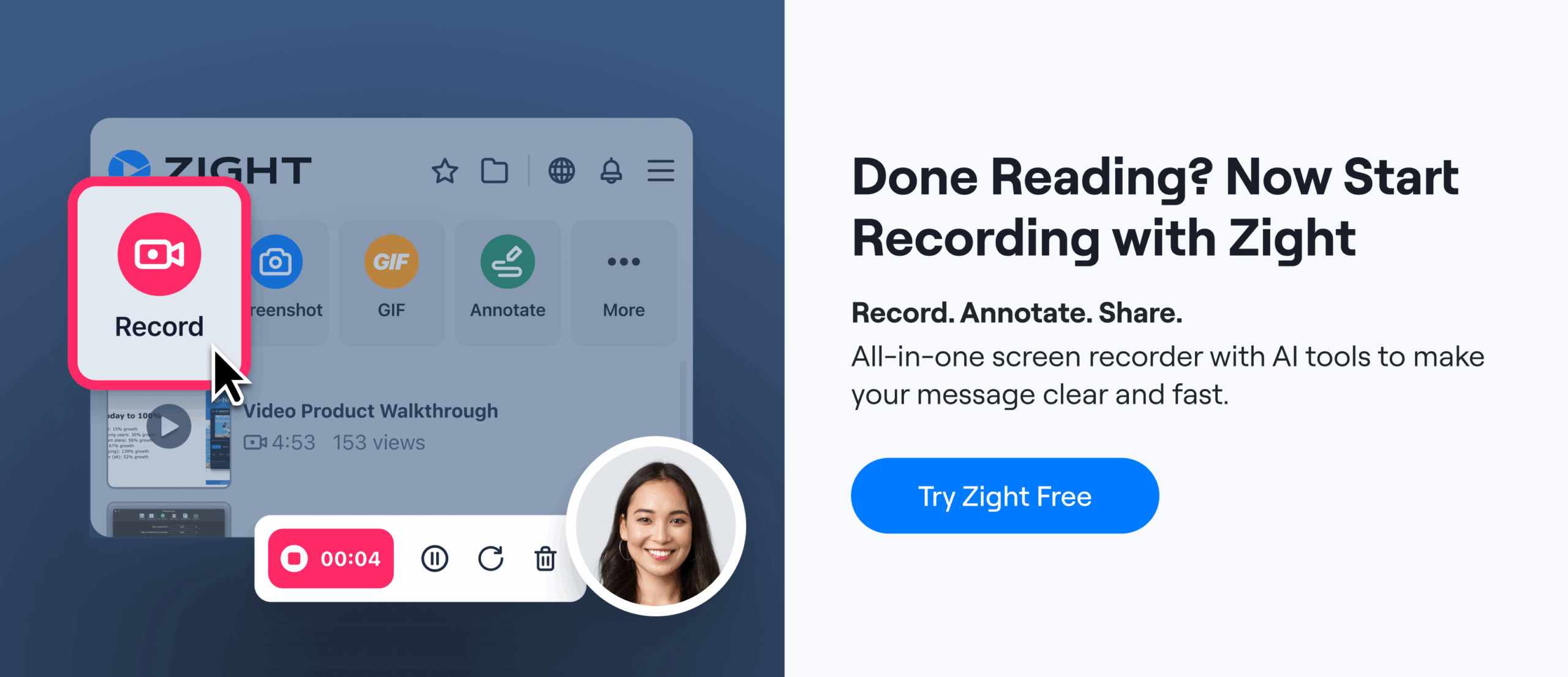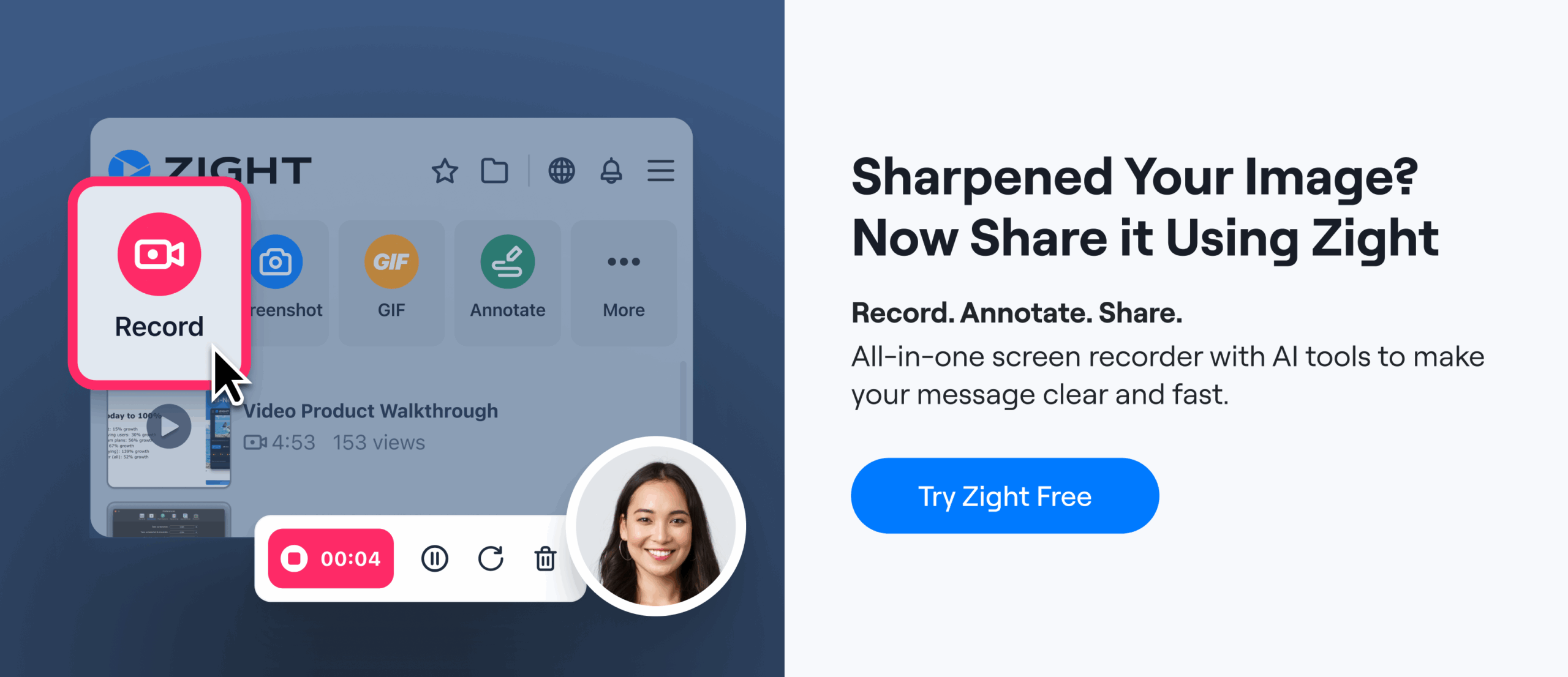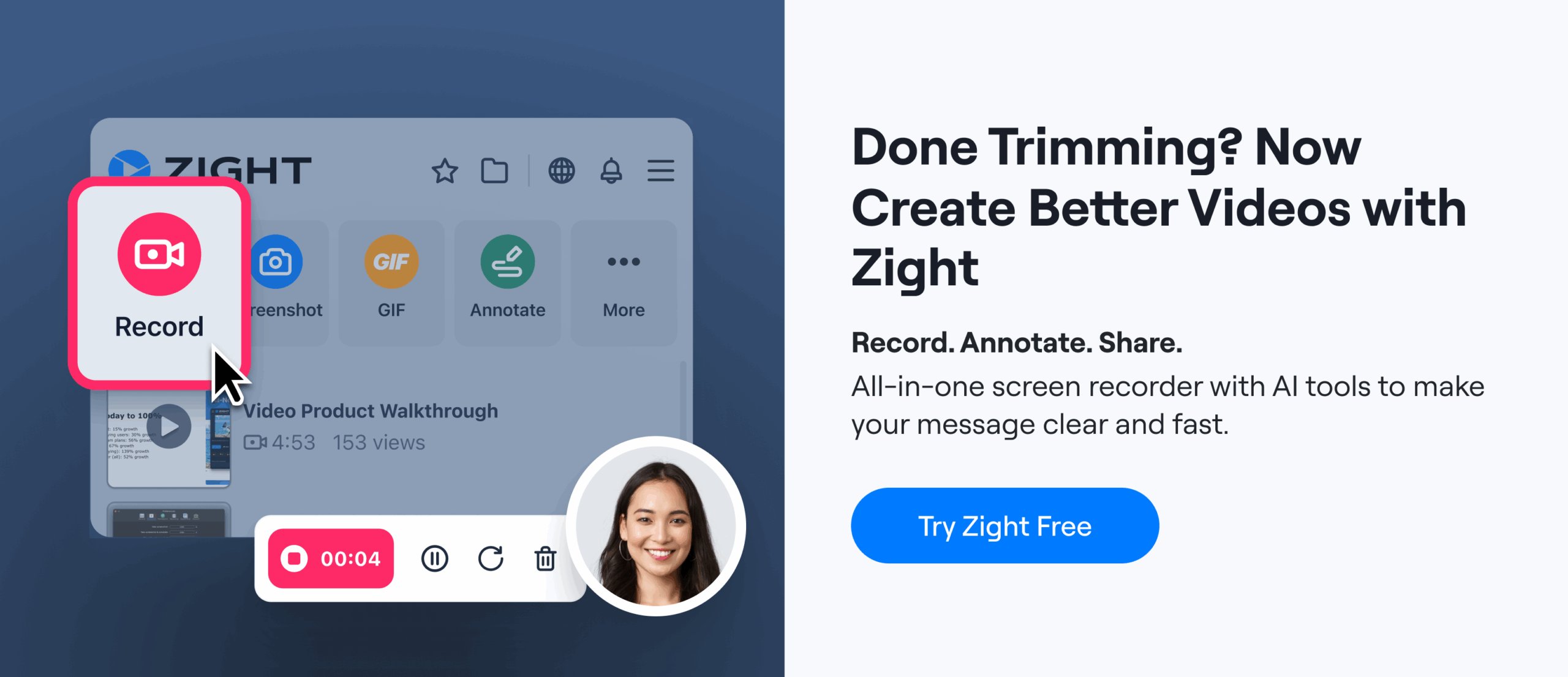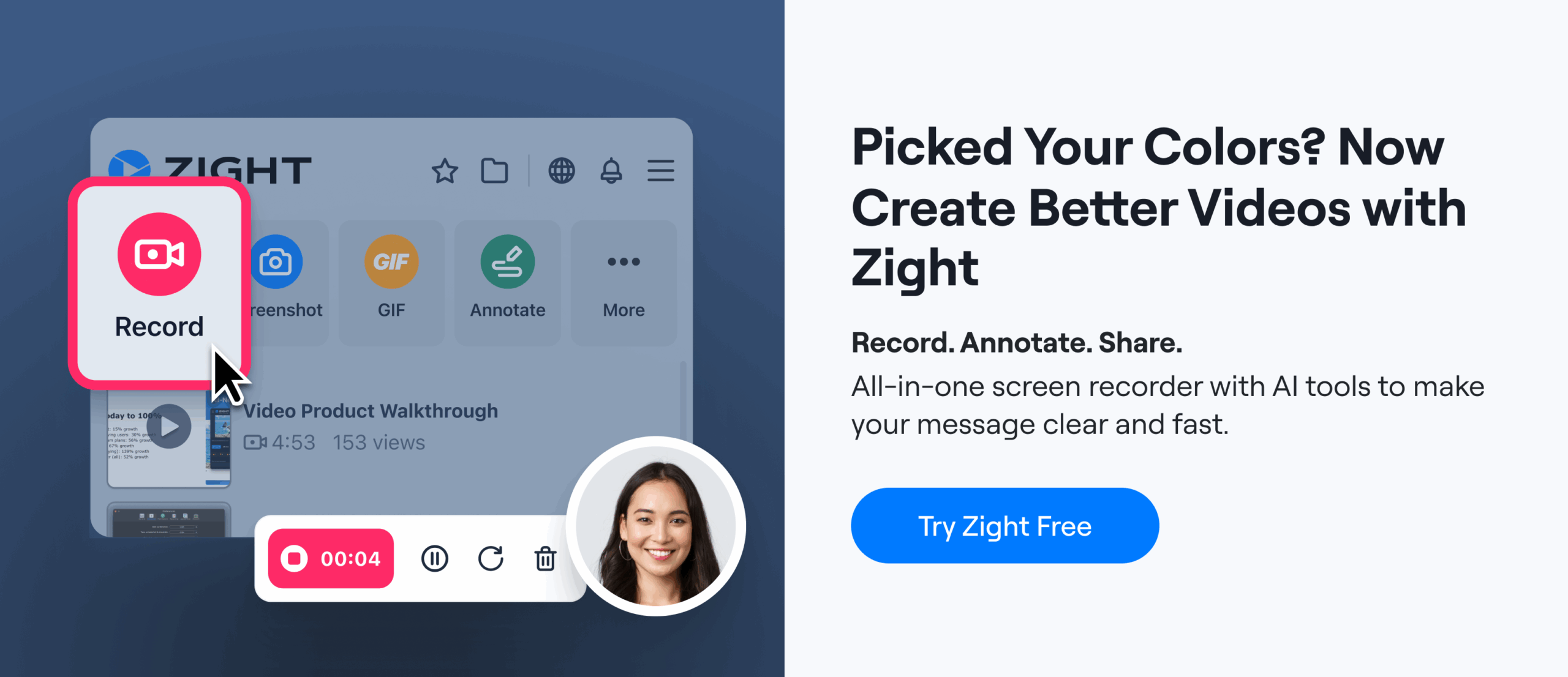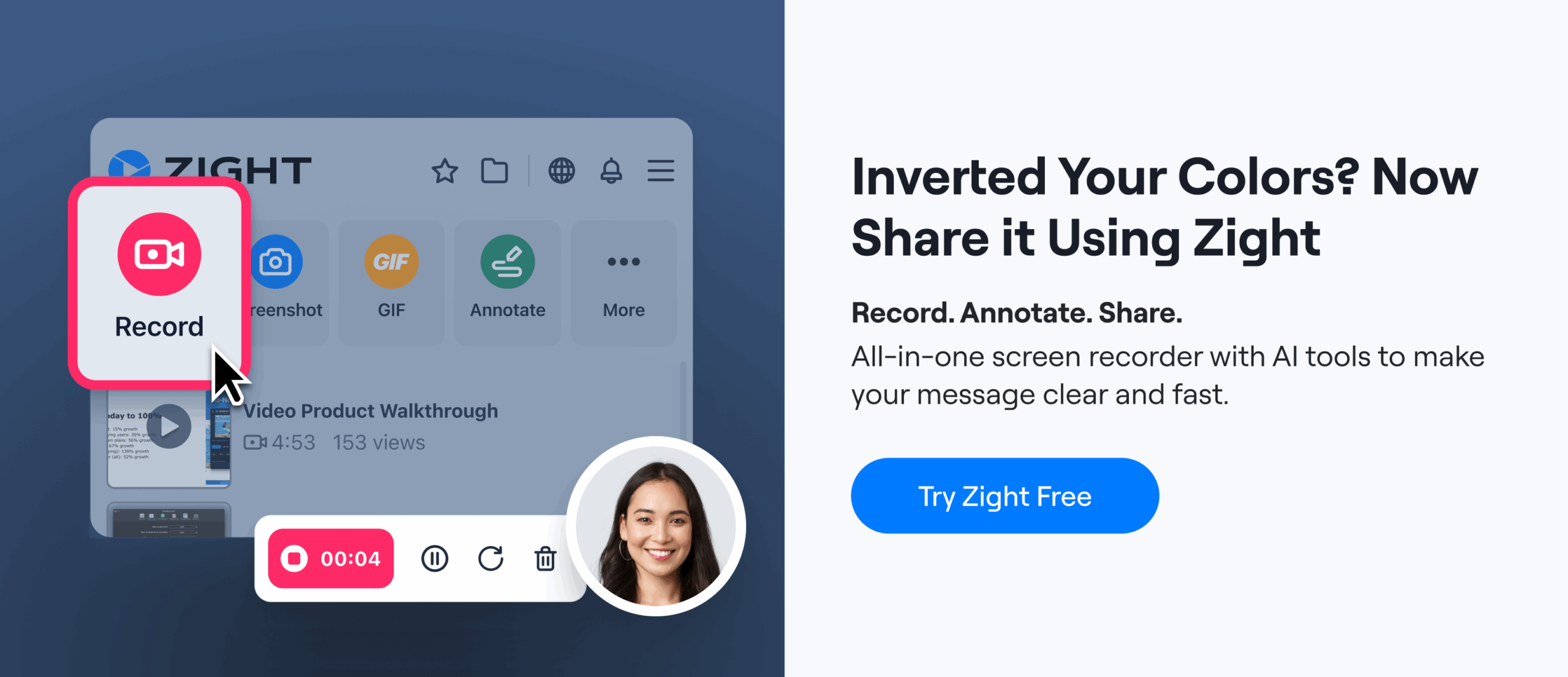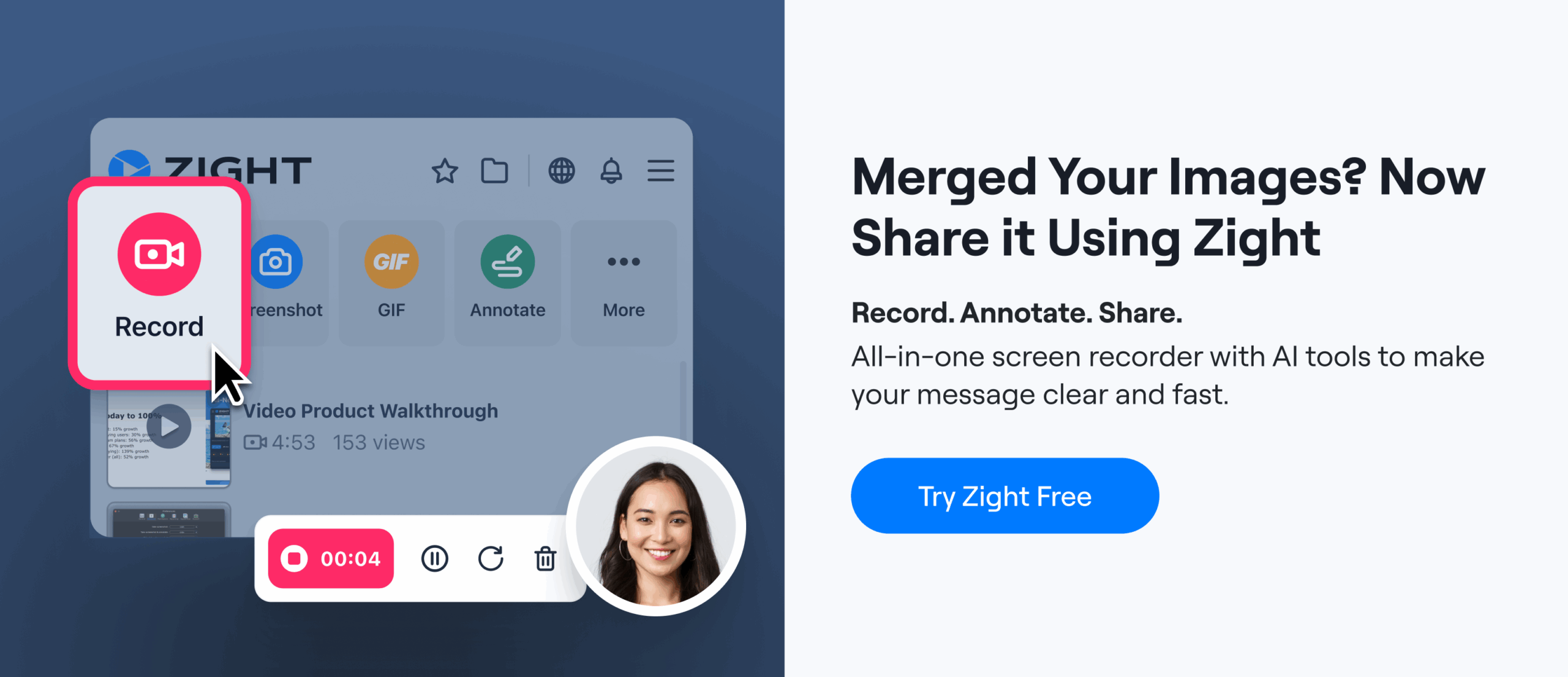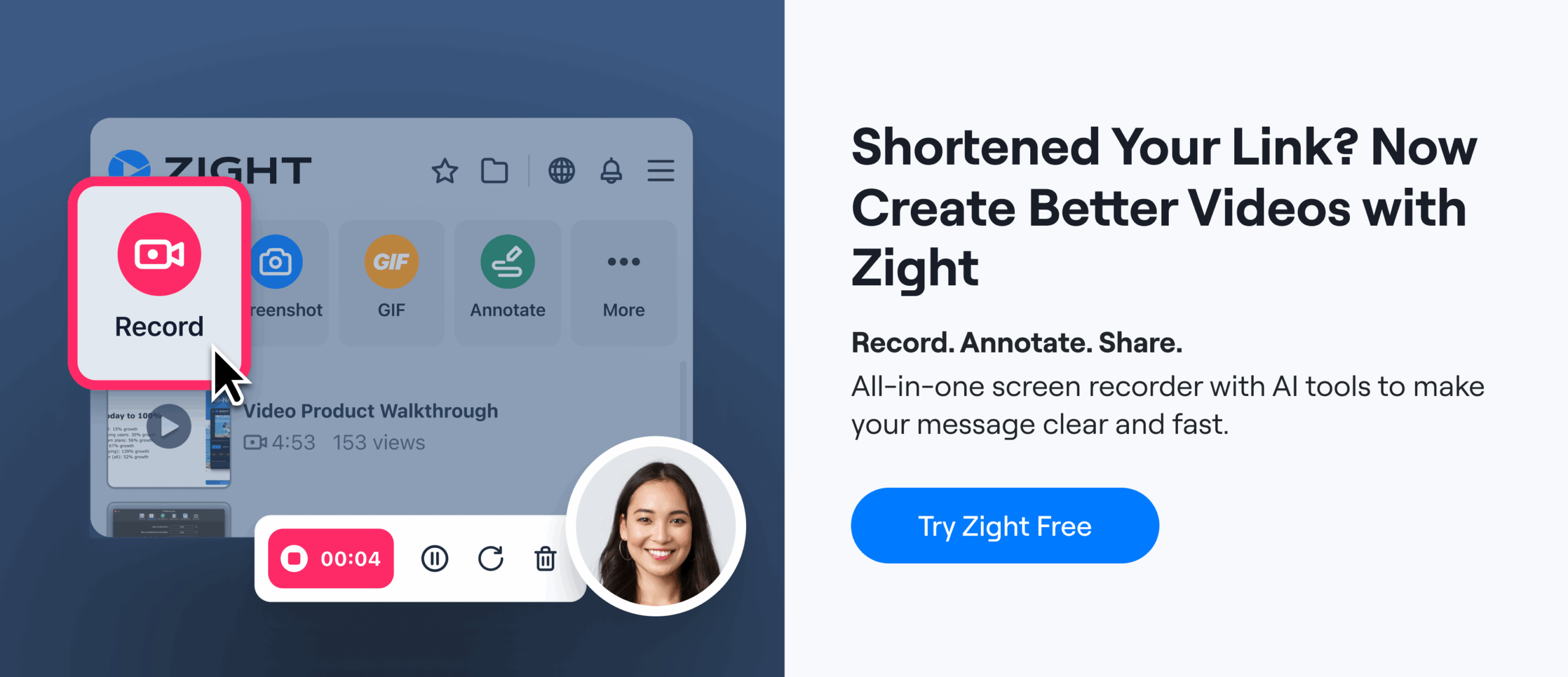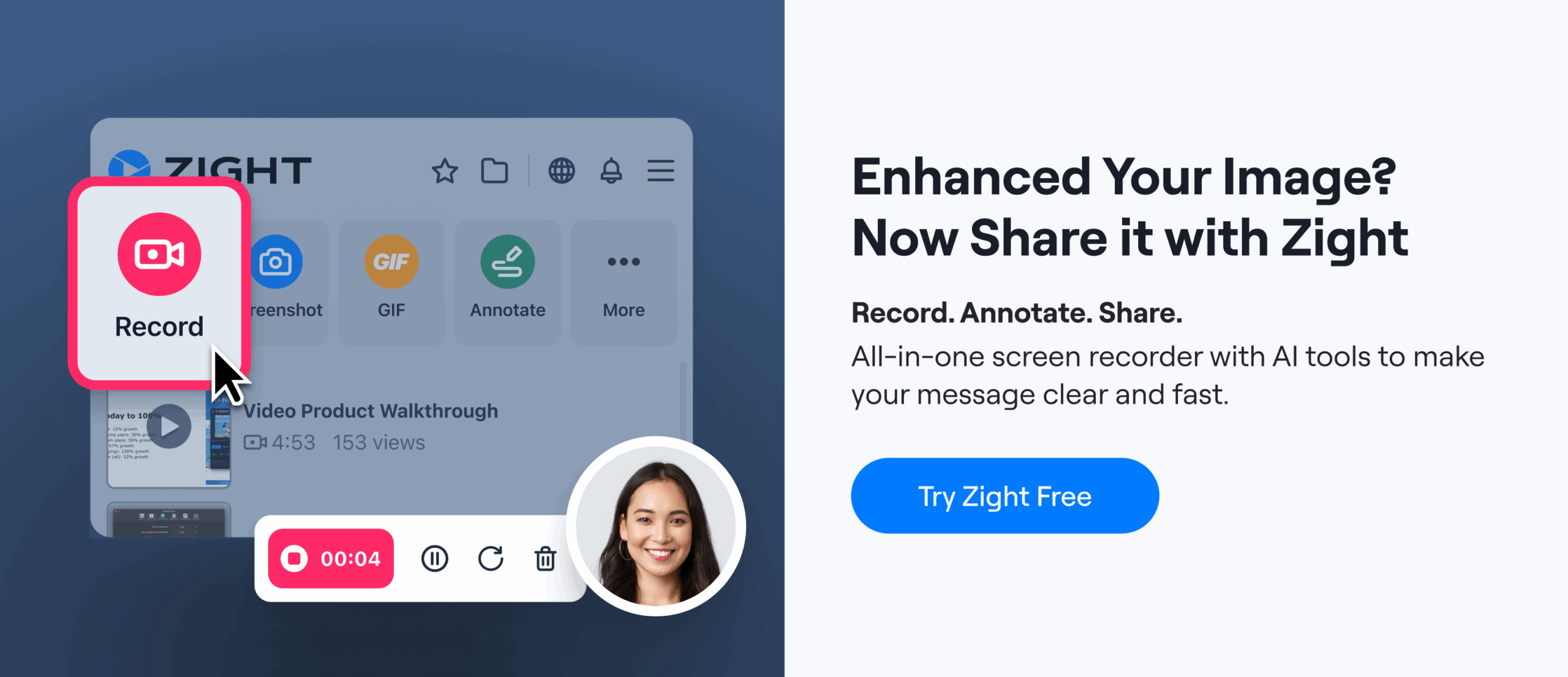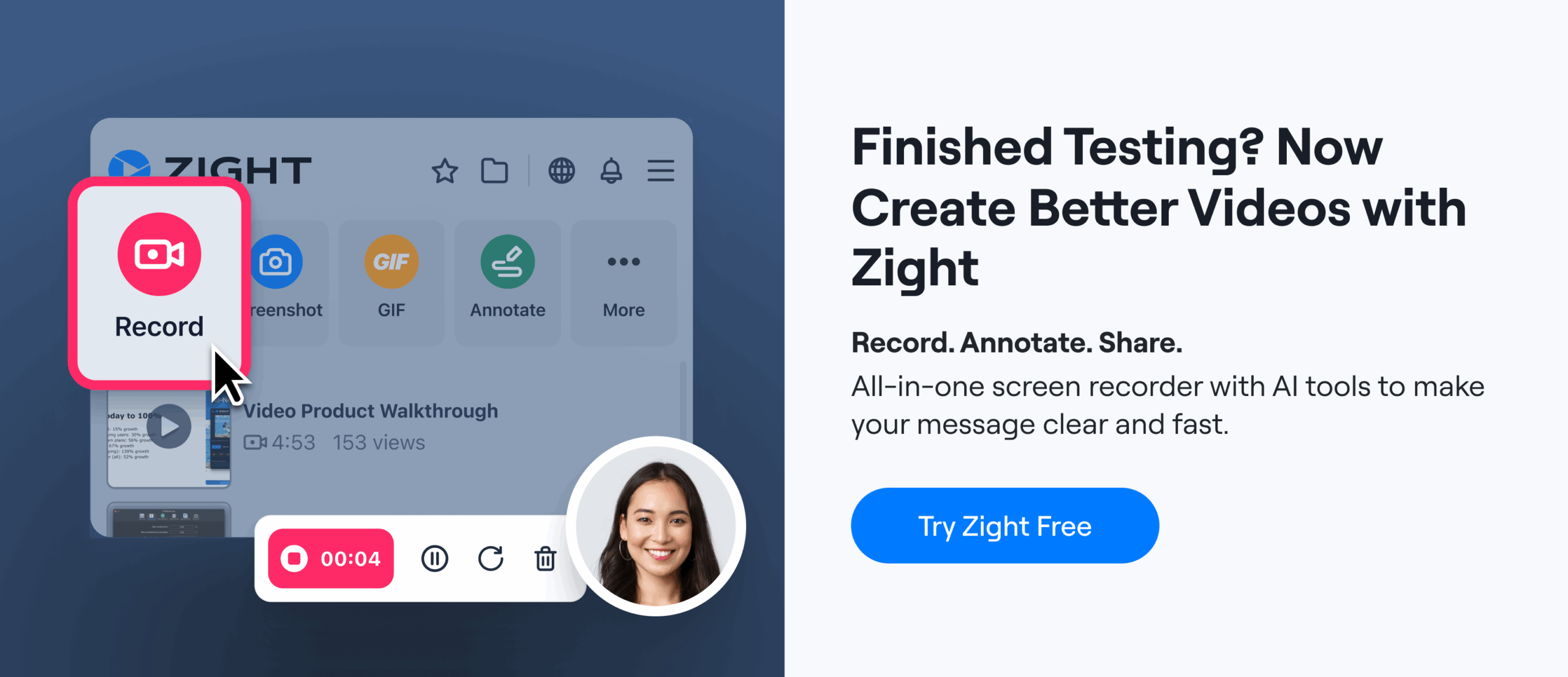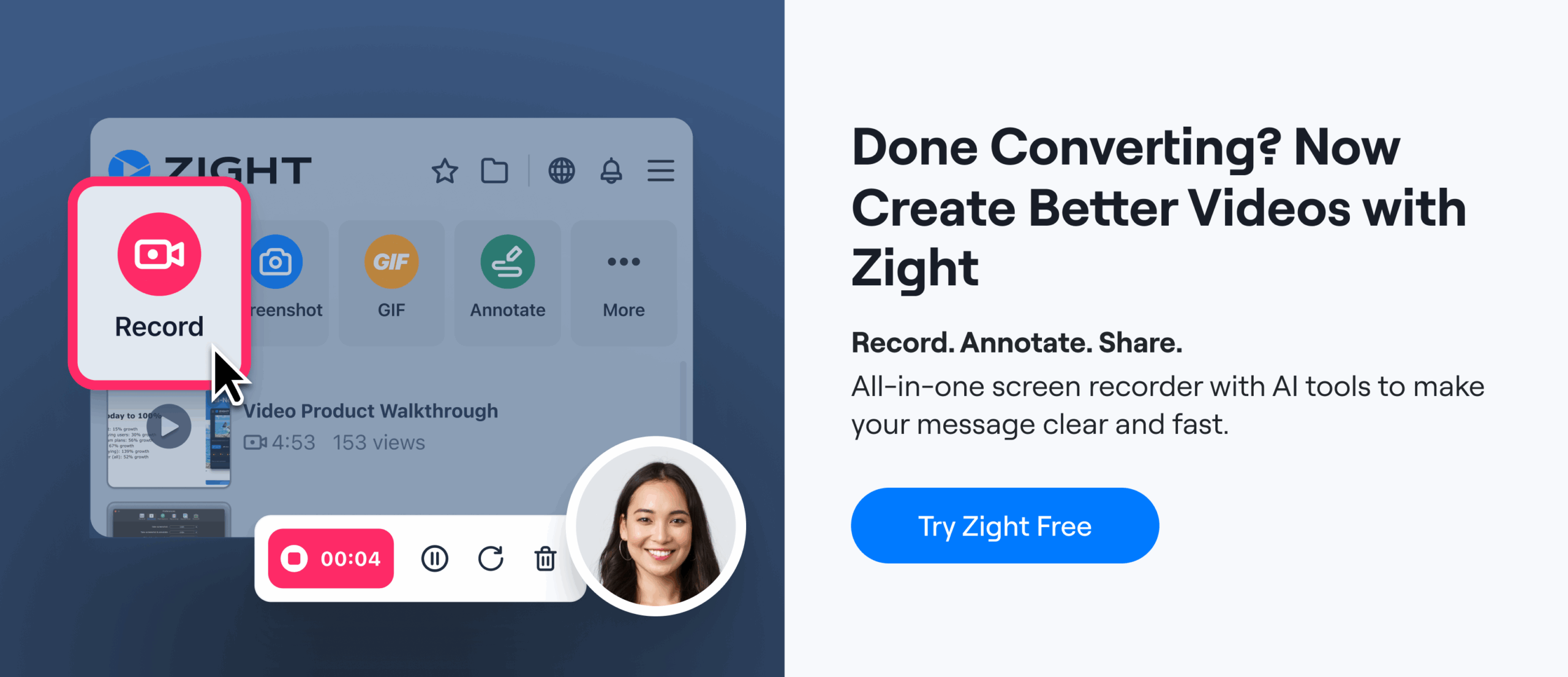The average day of a healthcare administrator involves juggling multiple tasks: scheduling patient appointments, managing records, coordinating between departments, and much more.
This work is overwhelming, but with digital tools, the administrative burden can be lightened. When you leverage practical tools like EHRs, DMSs, and even screen recorders and screenshot tools like Zight, you can enhance administrative coordination and improve overall healthcare delivery.
In this article, we explore various tips for improving healthcare administration, ensuring you can streamline processes and provide better patient care.
1. Implement an Integrated Electronic Health Record (EHR) System
One of the most effective ways to improve administrative coordination in the healthcare industry is by implementing an integrated Electronic Health Record (EHR) system.
EHR systems consolidate patient information into a single digital record accessible only by authorized personnel. EHR integration services ensure seamless communication between different departments and reduce errors caused by miscommunication or misplaced documents.
With an EHR system, you can quickly access patient histories, lab results, and medication records, allowing for more informed decision-making. Furthermore, EHRs often come with built-in scheduling and billing features, streamlining these administrative tasks. By reducing paperwork and manual entry, an integrated EHR system not only saves time but also improves the accuracy and efficiency of healthcare administration.
The benefits extend beyond internal operations; an integrated EHR system enhances patient satisfaction by reducing wait times and providing more personalized care. Additionally, it ensures compliance with healthcare regulations by maintaining accurate and up-to-date patient records.
When selecting an EHR system, consider one that offers robust security features to protect patient data and complies with relevant healthcare standards, such as HIPAA.
2. Utilize Digital Scheduling Tools
Scheduling is a critical component of administrative coordination in healthcare. Digital scheduling tools can significantly enhance this process by automating appointment bookings, reminders, and cancellations. These tools allow patients to book appointments online, thus reducing the workload on administrative staff and minimizing scheduling conflicts.
Additionally, digital scheduling tools can send automatic reminders to patients to decrease the number of missed appointments. This not only optimizes the use of healthcare resources but also improves patient satisfaction. If you integrate scheduling tools with EHR systems, you can ensure that appointment times are efficiently managed, and patient records are updated in real-time.
These tools often offer advanced features such as predictive analytics to forecast appointment demand and optimize scheduling patterns. For example, the system can suggest the best times to schedule appointments to minimize patient wait times and maximize staff availability.
Implementing digital scheduling tools can also facilitate telehealth appointments, providing patients with the flexibility to choose between in-person and virtual consultations.
3. Adopt Secure Messaging Platforms
Effective communication is crucial for administrative coordination in healthcare. You can adopt secure messaging platforms to facilitate real-time communication between healthcare professionals and ensure that information is shared quickly and securely. These platforms are especially useful for coordinating patient care, sharing test results, and consulting with specialists.
Secure messaging platforms comply with HIPAA regulations, ensuring that patient information is protected. By enabling instant communication, these tools reduce patient care delays and improve collaboration among healthcare providers. For example, Zight offers HIPAA-compliant messaging features, allowing for secure communication within your healthcare facility.
In addition to basic messaging, these platforms often include features such as group chats, file sharing, and integrated task management. These allow healthcare teams to coordinate more effectively, reducing the risk of miscommunication and ensuring that everyone is aware of their responsibilities.
Implementing secure messaging platforms can also improve patient engagement and better health outcomes by providing a secure channel for patients to communicate with their healthcare providers.
4. Implement Digital Document Management Systems

Managing a vast amount of paperwork is a common challenge in healthcare organizations.
But digital document management systems (DMS) can help by storing, organizing, and retrieving documents electronically. These systems enable you to digitize patient records, consent forms, and other important documents, making them easily accessible and reducing the risk of loss or damage.
With a DMS, you can streamline workflows by automating document routing, approval processes, and record-keeping. This not only saves time but also ensures compliance with regulatory requirements. By integrating a DMS with your EHR system, you can create a seamless digital environment that enhances administrative efficiency and coordination.
A robust DMS often includes features such as version control, which ensures that the most recent document version is always available, and audit trails, which track document access and modifications for compliance purposes. Additionally, advanced search capabilities enable quick retrieval of documents, saving time and improving productivity. By reducing the reliance on physical storage, a DMS also helps reduce operational costs.
5. Leverage Telehealth Solutions
Telehealth solutions have become increasingly important, especially in the context of remote healthcare management. These solutions enable healthcare providers to offer virtual consultations, thus reducing the need for in-person visits and easing the administrative burden of scheduling and managing appointments.
Telehealth platforms often come with features such as video conferencing, secure messaging, and electronic prescribing, which facilitate efficient patient care and coordination.
By incorporating telehealth into your practice, you can improve access to healthcare services, reduce wait times, and enhance patient satisfaction. Additionally, telehealth solutions can integrate with EHR systems, ensuring that patient records are updated seamlessly.
Implementing telehealth solutions can also expand your reach to patients in rural or underserved areas, thus helping in delivering quality care to all. These platforms often include tools for remote monitoring, allowing for continuous patient care and timely interventions.
As telehealth continues to evolve, integrating it with other digital tools can provide a comprehensive approach to healthcare management, ensuring continuity of care and improving patient outcomes.
6. Streamline Communication with Screen Recording and Sharing

Clear and effective communication is vital in healthcare administration. Screen recording and sharing tools, like those offered by Zight, can enhance communication by allowing you to capture and share visual information easily. Whether you need to demonstrate how to use a new software application, explain a complex process, or provide feedback on a document, screen recording can make the communication process more efficient.
These tools allow you to create detailed visual instructions, which can be shared with colleagues via secure links. This not only saves time but also ensures that everyone is on the same page. By incorporating screen recording and sharing into your administrative practices, you can improve clarity and reduce misunderstandings.
Screen recording tools can also be used for training purposes, allowing you to create step-by-step guides and tutorials that staff can refer to at any time. This can be particularly useful for onboarding new employees or introducing new processes and technologies. Additionally, these tools can facilitate remote collaboration, enabling teams to work together effectively regardless of their physical location.
7. Utilize AI-Powered Solutions
AI-powered solutions can help with various administrative functions, such as scheduling, billing, and data analysis. AI can also assist in identifying patterns and predicting outcomes, allowing for proactive decision-making. By leveraging AI-powered solutions, you can enhance administrative efficiency, reduce errors, and improve the overall coordination of healthcare services.
AI chatbots, for instance, can handle routine inquiries and administrative tasks, freeing up staff to focus on more complex issues. Machine learning algorithms can analyze large datasets to identify trends and provide actionable insights, improving decision-making and strategic planning.
As AI technology continues to advance, integrating it into your administrative health systems can provide a significant competitive advantage, enhancing efficiency and improving patient care.
8. Foster Collaboration with File Sharing Tools
Collaboration is key to effective administrative coordination in healthcare. File-sharing tools enable you to share documents, images, and other files securely and efficiently. These tools can be particularly useful for coordinating care between different departments, sharing patient information with specialists, and collaborating on projects.
For instance, Zight offers secure file sharing via URL, allowing you to share files quickly and easily. By using file-sharing tools, you can ensure that the right information is accessible to the right people at the right time.
Advanced file-sharing tools often include features such as access control, version history, and audit trails, ensuring that shared information is secure and traceable. These tools can also integrate with other digital systems, such as EHRs and DMS, creating a cohesive digital environment that supports efficient communication and collaboration.
Wrapping Up
Streamlining healthcare administration is essential for delivering high-quality patient care and ensuring the smooth operation of healthcare facilities.
So, you can start by leveraging the healthcare management tools and tips above to enhance administrative efficiency and coordination. Implementing these tips will not only guarantee administrative efficiency in healthcare – but also contribute to better patient outcomes and overall healthcare delivery.



